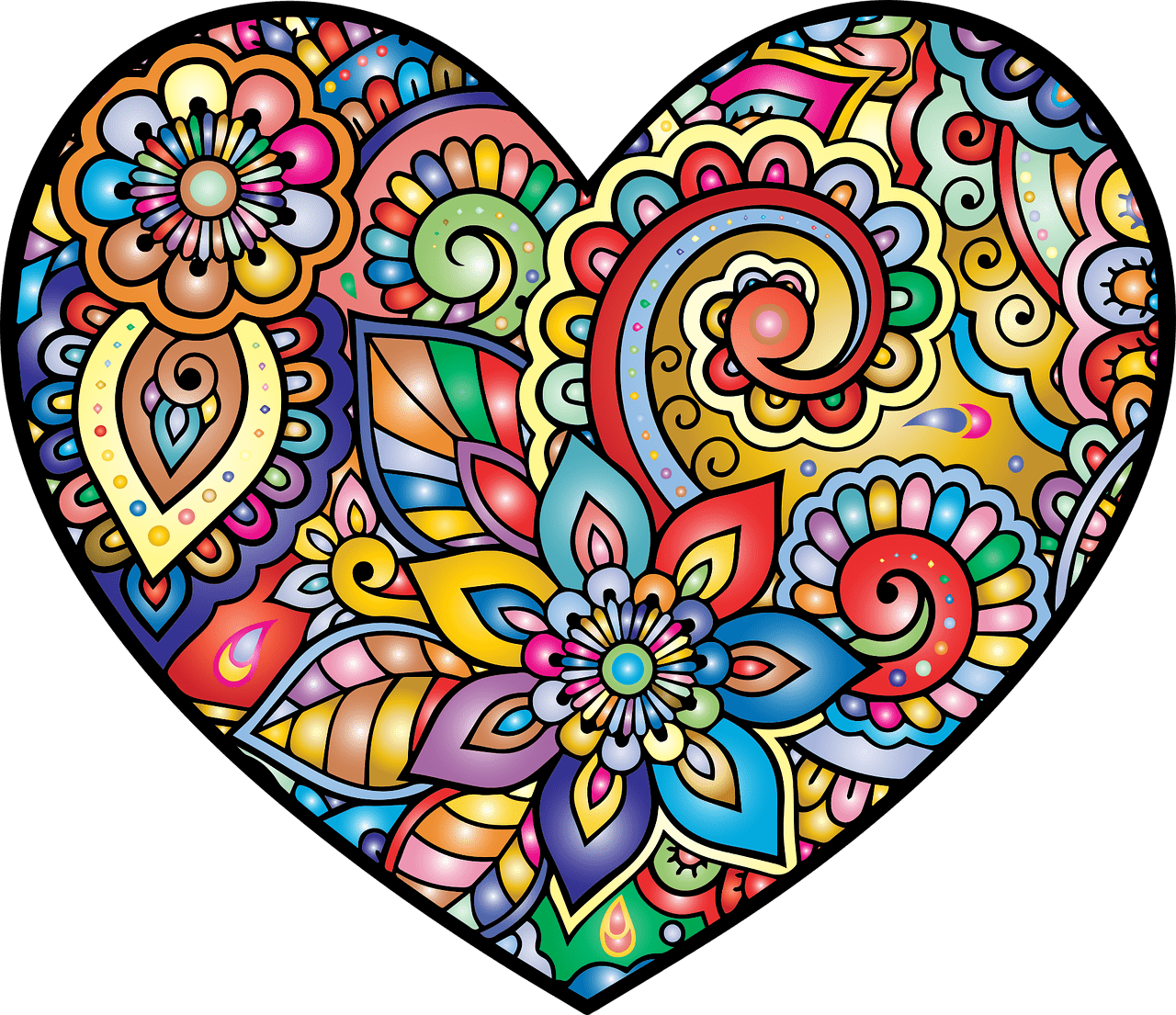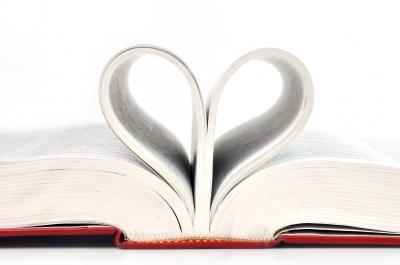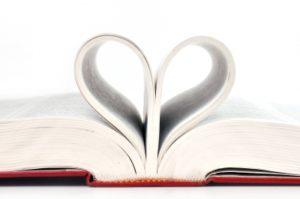Do you write anymore?
I don’t mean do you type.
I’m talking about good old-fashioned handwriting.
You know, that very human practice most of the world seems to have abandoned post digital revolution?
It may seem practical and smart. After all, using a keyboard is definitely quicker.
But something critical gets lost in translation.
Emotional Connection
Not just to your audience, but to yourself.
Could keyboarding be causing you to disconnect? To lose your passion?
This is why writers including J.K. Rowling, Stephen King, Danielle Steele, John Updike and Joyce Carol Oates have rejected word processors and computers in favor of writing by hand. At least for their first drafts.
CAVEAT: Don’t fall into the trap of thinking these “handwriting people” are all just “old,” “old school,” or “stuck in their ways.” Rather, they intuitively discovered things about hand writing. All subsequently borne out by neuroscience. Once upon a time I intuited this as well. I couldn’t imagine giving up my yellow writing pad and pens of various colors. How would I think expressively if forced to type everything? Gradually, I was persuaded (shamed?) to jump on the bandwagon of modernity and efficiency. And, lo and behold, it was incredibly efficient. So fast! I got used to editing as I went along. Pretty soon I couldn’t envision ever going back. BUT…
But… after many years on the wrong track, I’m coming to understand the documented benefits of composing by hand.
Writing By Hand Offers Psychological Benefits
You can learn more about some of these benefits from specific studies here (improves memory and promotes deep encoding); here (bolsters learning), and here (advances idea generation), to name just a few.
Today I want to share six of these benefits I think you’ll find most relevant to your nonprofit work.
Details


 People are wired for stories
People are wired for stories








 I confess I know virtually zip about artificial intelligence.
I confess I know virtually zip about artificial intelligence.
